
The Sword
A sword as an implement of execution was widely used in Czech and the executioner was usually called The Master of the Sharp Blade. Along with an axe the sword is one of the most significant symbol of an executioner. The sword itself is specifically designed for decapitation of condemned criminals. As opposed to a combat sword the executioner's blade lacks a sharp tip. The blades were often decorated with symbolic designs instead. For example three holes were made on top to reference the Holy Trinity, or prevent sharpening the blade to the top. Of course the holes also change the sound made by the sword on execution. The length of the sword was about 3 feet.
The decapitation technique usually depicted in movies is not accurate. If the executioner would just take the blade from above his head down the condemned would have been severely injured but the blade would not have enough energy to cut the had off. A condemned was kneeling or sitting with head bent, the sword was swung above executioner's head to gain the speed and than taken down. Of course this type of execution was really demanding and required high level of skill and strength and even a skilled executioner sometimes failed to hit the right spot. If it happened the condemned died with great pain and suffering from the injury. Execution by the sword was a privilege of noble birth, common people were usually executed in a different way, for example by hanging.
One of the most famous executioners of the Czech history was Jan Mydlář, head-executioner of the capital city of Prague in 17th century, well known for his performance on the execution of 27 Bohemian rebel leaders in 1621. The execution took five hours and four sword were used. By the end of the execution Jan Mydlář was so tired that he barely finished it. The executioner is also a central character of a novel by Josef Svátek, The Memoirs of a Prague Executioner
The sword on photography is exposed in our museum.
A sword as an implement of execution was widely used in Czech and the executioner was usually called The Master of the Sharp Blade. Along with an axe the sword is one of the most significant symbol of an executioner. The sword itself is specifically designed for decapitation of condemned criminals. As opposed to a combat sword the executioner's blade lacks a sharp tip. The blades were often decorated with symbolic designs instead. For example three holes were made on top to reference the Holy Trinity, or prevent sharpening the blade to the top. Of course the holes also change the sound made by the sword on execution. The length of the sword was about 3 feet.
The decapitation technique usually depicted in movies is not accurate. If the executioner would just take the blade from above his head down the condemned would have been severely injured but the blade would not have enough energy to cut the had off. A condemned was kneeling or sitting with head bent, the sword was swung above executioner's head to gain the speed and than taken down. Of course this type of execution was really demanding and required high level of skill and strength and even a skilled executioner sometimes failed to hit the right spot. If it happened the condemned died with great pain and suffering from the injury. Execution by the sword was a privilege of noble birth, common people were usually executed in a different way, for example by hanging.
One of the most famous executioners of the Czech history was Jan Mydlář, head-executioner of the capital city of Prague in 17th century, well known for his performance on the execution of 27 Bohemian rebel leaders in 1621. The execution took five hours and four sword were used. By the end of the execution Jan Mydlář was so tired that he barely finished it. The executioner is also a central character of a novel by Josef Svátek, The Memoirs of a Prague Executioner
The sword on photography is exposed in our museum.
Exhibits
examples of exhibits which you can see in our museum.
The witch stool
A wooden stool equipped with sharp iron spikes and fastening rigs.
The accused of witchcraft was seated naked on the stool and tied to it securely. It was up to the torturer if the victim was seated for hours or days. Only after that the interrogation began. Numerous variants of the stool with spikes existed and it was used mostly for the witchcraft trials. Injuries caused by the stool were not serious and a bleeding, if occurred, was not heavy, but the torture was really painful and the psychological aspect of looking at the chair full of spikes may have drawn a confession off the accused right away.
In case of an open injury there was an imminent infection threat, of course, which could ultimately lead to sickness, or even death.
A wooden stool equipped with sharp iron spikes and fastening rigs.
The accused of witchcraft was seated naked on the stool and tied to it securely. It was up to the torturer if the victim was seated for hours or days. Only after that the interrogation began. Numerous variants of the stool with spikes existed and it was used mostly for the witchcraft trials. Injuries caused by the stool were not serious and a bleeding, if occurred, was not heavy, but the torture was really painful and the psychological aspect of looking at the chair full of spikes may have drawn a confession off the accused right away.
In case of an open injury there was an imminent infection threat, of course, which could ultimately lead to sickness, or even death.
The Saw
The saw represents human ingenuity's darkest hour since it's one the most horrible and painful types of torture and execution.
Because of it's simplicity and availability it became widely used as a form of execution. Also the deterrent example of the severe torture and death had a lasting impact.
The execution itself were performed in two different ways. Hanging the victim by hands and sewing from the neck down, which brought relatively fast death, or upside down by the legs which prolonged the torture and turned the execution to a dreadful experience.
The condemned was split in half from the crotch.
Upside down position caused blood to flow to the brain during the whole execution so the victim was fully conscious until the head was reached. To increase the suffering the sawing may had been stopped at belly and the criminal was left to die hanging, which could take several hours.
The saw represents human ingenuity's darkest hour since it's one the most horrible and painful types of torture and execution.
Because of it's simplicity and availability it became widely used as a form of execution. Also the deterrent example of the severe torture and death had a lasting impact.
The execution itself were performed in two different ways. Hanging the victim by hands and sewing from the neck down, which brought relatively fast death, or upside down by the legs which prolonged the torture and turned the execution to a dreadful experience.
The condemned was split in half from the crotch.
Upside down position caused blood to flow to the brain during the whole execution so the victim was fully conscious until the head was reached. To increase the suffering the sawing may had been stopped at belly and the criminal was left to die hanging, which could take several hours.
The Mask of arguments
The mask, bridle, or halter of nagging people was mainly intended for nagging and slanderous women, or for those who cursed in church, etc. The purpose of the mask was to silence such a person. The mask was equipped with a protrusion that was in the mouth and pushed the tongue down, preventing speech.
The masks were of various kinds and shapes. Some could be equipped with bells or a bell, so that the condemned would draw attention to herself while walking.
It was a milder type of punishment meant to more or less make the person in question stultify. The mask could be worn for several hours or days. Depending on how often the offense was repeated. A tool that would certainly find application even today.
The mask, bridle, or halter of nagging people was mainly intended for nagging and slanderous women, or for those who cursed in church, etc. The purpose of the mask was to silence such a person. The mask was equipped with a protrusion that was in the mouth and pushed the tongue down, preventing speech.
The masks were of various kinds and shapes. Some could be equipped with bells or a bell, so that the condemned would draw attention to herself while walking.
It was a milder type of punishment meant to more or less make the person in question stultify. The mask could be worn for several hours or days. Depending on how often the offense was repeated. A tool that would certainly find application even today.
Raging Bull
Notable instrument of torture, which could be considered with exaggeration as a top technology and design in the torture instruments. It is essentially a conventional oven for baking people.
This bronze Bull was made by Perillos of Athens for the ruler and tyrant Phalaris who ruled Sicily in the period 570-554 BC. Prisoner was locked up into the Bull then the fire was light under the Bull therefore the prisoner was baked in severe pains. There was a system of pipes inside the Bull which led into its nostrils. Thanks to this system nobody heard prisoner´s scream. You can hear just weird sounds like an enraged Bull roars. Hence the name of a Raging Bull.
Perillos climbed into the Bull to show his ruler Phalaris how the invention works. Phalaris commanded to close Perillos inside and to bake him. Then he said that there cannot be greater honor for him than to try the invention himself. Reportedly, he probably made this decision because he didn´t want to pay for the Bull.
The execution using this Bull was very popular. According to surviving records the Bull still was used by the Roman Emperor Diocletian, who reigned in the year 284-305 AD.
This instrument of torture has not been preserved as it was made from bronze and this material was rare in each period so there was probably blown whether for weapons or for any other purpose.
Notable instrument of torture, which could be considered with exaggeration as a top technology and design in the torture instruments. It is essentially a conventional oven for baking people.
This bronze Bull was made by Perillos of Athens for the ruler and tyrant Phalaris who ruled Sicily in the period 570-554 BC. Prisoner was locked up into the Bull then the fire was light under the Bull therefore the prisoner was baked in severe pains. There was a system of pipes inside the Bull which led into its nostrils. Thanks to this system nobody heard prisoner´s scream. You can hear just weird sounds like an enraged Bull roars. Hence the name of a Raging Bull.
Perillos climbed into the Bull to show his ruler Phalaris how the invention works. Phalaris commanded to close Perillos inside and to bake him. Then he said that there cannot be greater honor for him than to try the invention himself. Reportedly, he probably made this decision because he didn´t want to pay for the Bull.
The execution using this Bull was very popular. According to surviving records the Bull still was used by the Roman Emperor Diocletian, who reigned in the year 284-305 AD.
This instrument of torture has not been preserved as it was made from bronze and this material was rare in each period so there was probably blown whether for weapons or for any other purpose.
- Famous years
- E-shop
- Exhibits


Copyright © 2017 historické výstavy - všechna práva vyhrazena
Jakékoliv užití obsahu včetně převzetí, šíření či dalšího zpřístupňování článků, fotografií či jiného obsahu je bez předcházejícího písemného souhlasu zakázáno.
Jakékoliv užití obsahu včetně převzetí, šíření či dalšího zpřístupňování článků, fotografií či jiného obsahu je bez předcházejícího písemného souhlasu zakázáno.

Robert Pospíchal
tel.: +420 727 94 54 24
mail: info@historickevystavy.cz
tel.: +420 727 94 54 24
mail: info@historickevystavy.cz
Our partners:
Tips to visit:

Robert Pospíchal ml.
tel.: +420 702 194 933
mail: pospichalr@gmail.com
tel.: +420 702 194 933
mail: pospichalr@gmail.com
muzeum mucicich nastroju
muzeum mučicích nástrojů
muzeum mučicích nástrojů
..... "art speaks for one, for nations, for humanity".




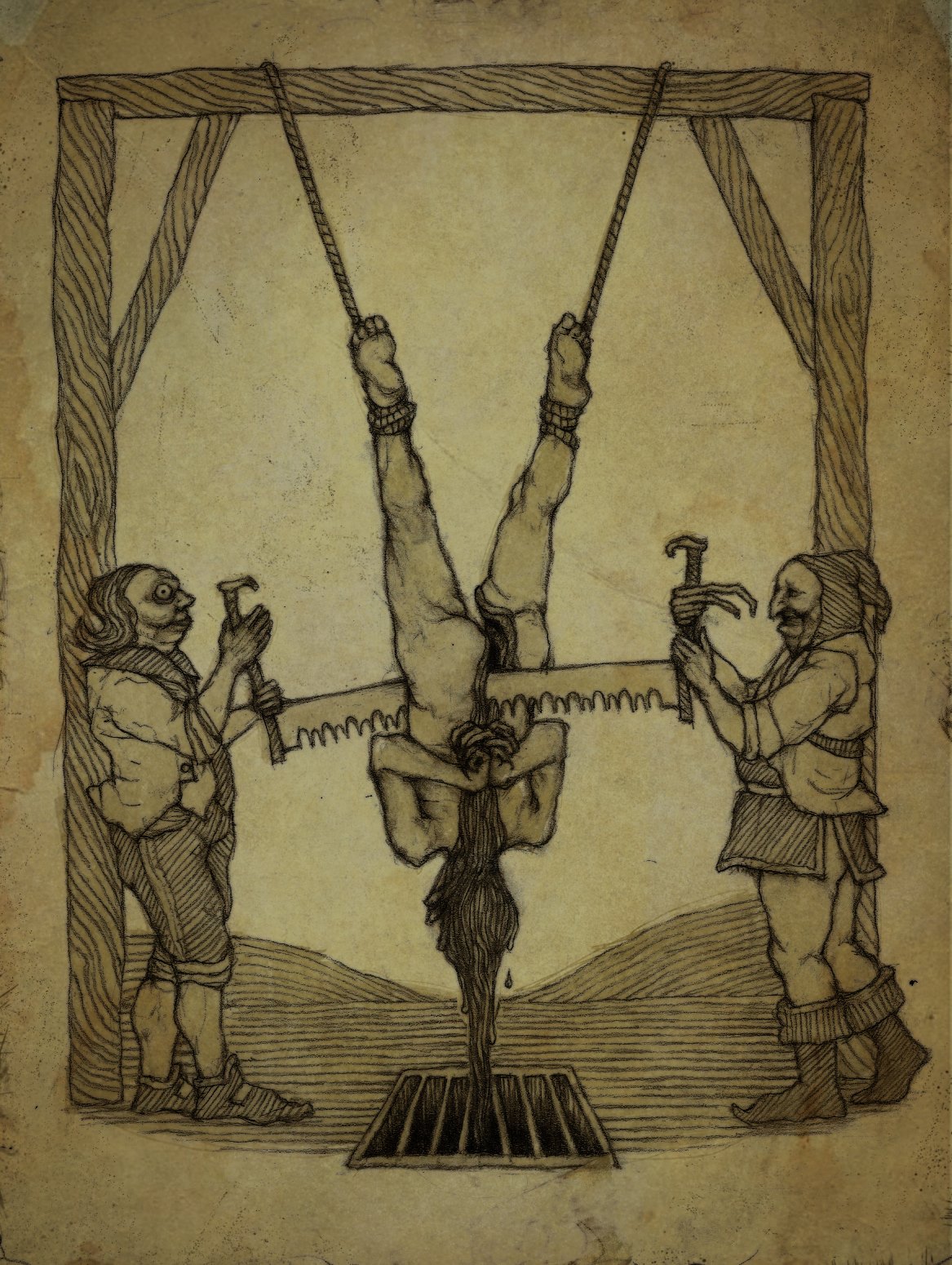





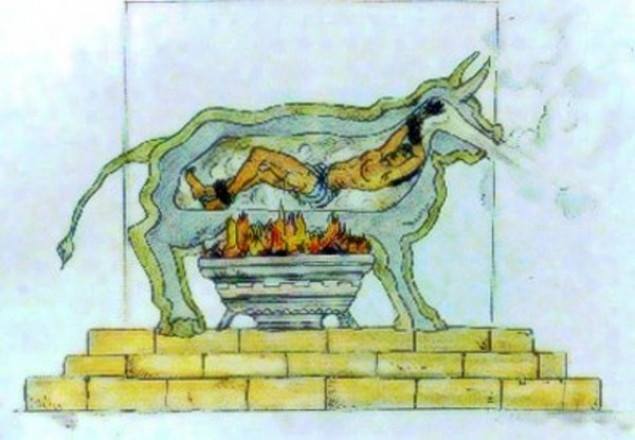
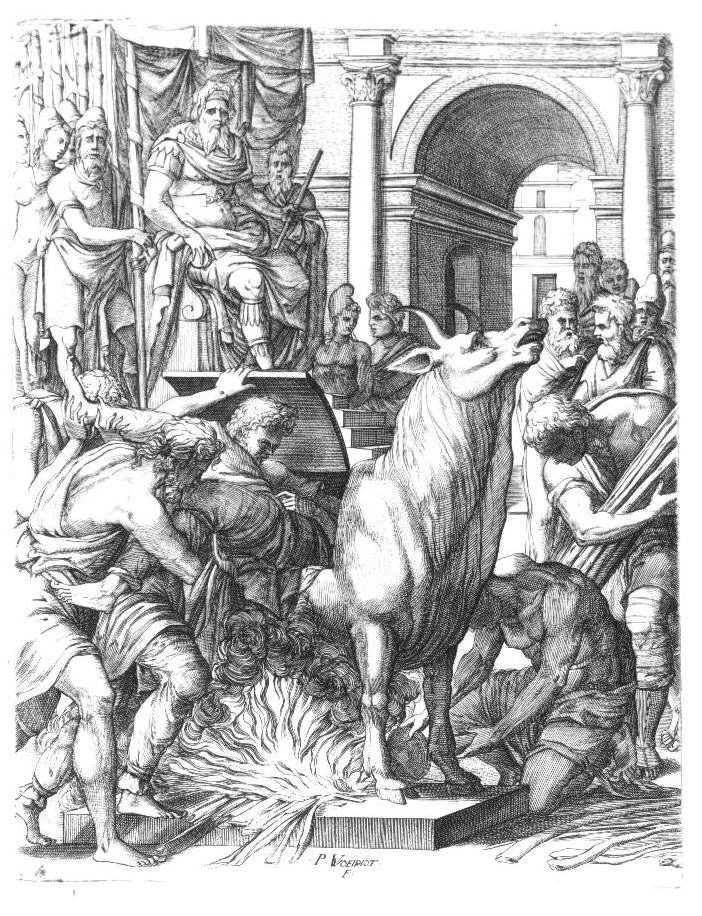













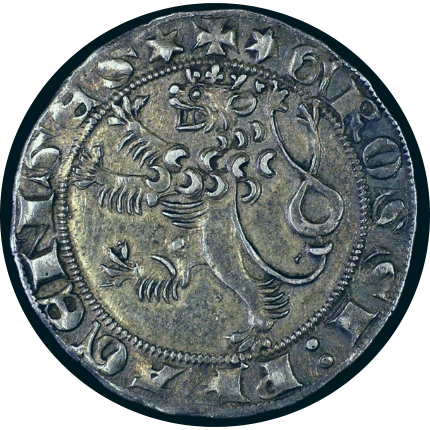
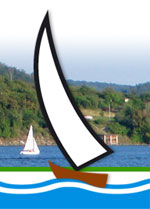






.png)
